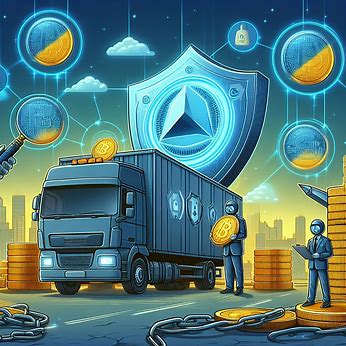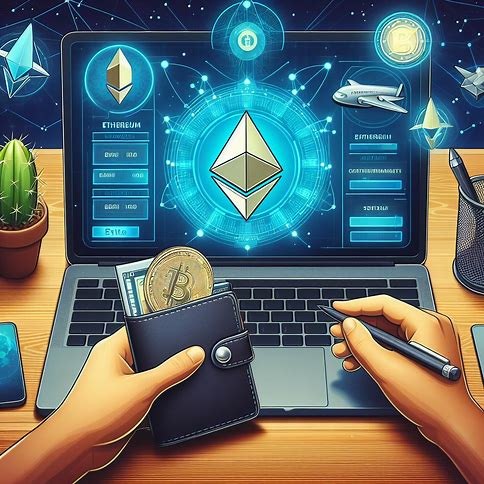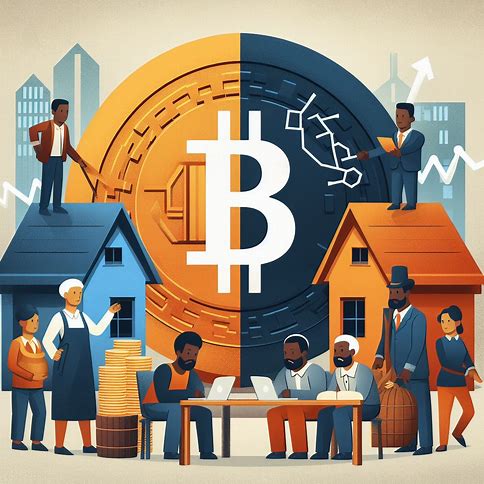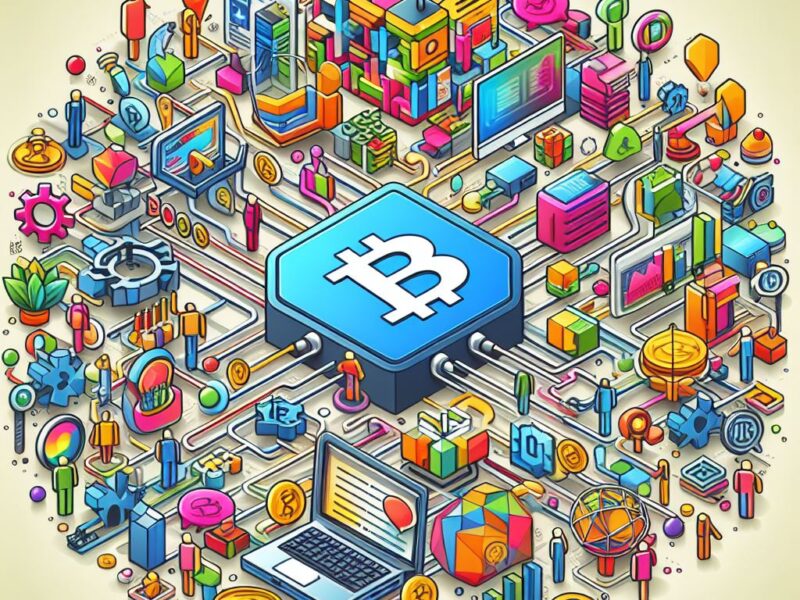Your gaming rig could earn you some extra cash, with the right setup, your powerful GPU can be put to work mining Bitcoin. Here is how to mine Bitcoin with a gaming PC.
Hardware Requirements
To mine Bitcoin with a gaming PC, you’ll need:
- A recent GPU with at least 4GB of RAM. Popular options include the Nvidia RTX 2070 or AMD RX 5700 XT.
- An adequate power supply. Mining is power-intensive, so make sure your PSU has sufficient wattage.
- Reliable internet connection. Your mining rig needs to stay synced with the blockchain.
Software Setup
To get started mining, you’ll need to set up a few pieces of software:
Bitcoin Mining Software
There are several popular mining applications to choose from, such as:
1. CGMiner: A versatile, open-source GPU mining program.
2. BFGMiner: A modular GPU, FPGA and ASIC miner.
3. EasyMiner: A GUI-based mining software suite with a built-in monitor and auto-tuning features.
Choose a mining application that supports your hardware and operating system.
Bitcoin Wallet
To receive your mining payouts, you’ll need a Bitcoin wallet. There are several types of wallets to choose from:
- Software wallets like Exodus or Electrum that run on your computer.
- Hardware wallets like Ledger or Trezor that store your private keys in a secure offline device.
- Web wallets that are accessed through a web browser. Note that web wallets are less secure since you don’t control the private keys.
Related: Top Decentralized Exchanges for Ethereum
Mining Pool
Solo mining is no longer practical for most people due to the high difficulty of the Bitcoin network. To smooth out rewards, most miners join a mining pool that combines the hashing power of multiple miners. The pool operator charges a small fee and handles the distribution of rewards.
Some of the largest Bitcoin mining pools include:
Configuring Your Mining Software
Once you’ve chosen your mining software, wallet, and pool, it’s time to configure everything:
- Install the mining software on your PC and select your GPU as the mining device.
- Enter your mining pool’s URL, port, and your wallet address to receive payouts.
- Adjust any additional settings like fan speed, clock speed, max temperature, etc. to optimize performance.
- Save your settings and launch the miner.
Your mining application will now connect to the pool and begin hashing. You can monitor your miner’s performance and payouts through the mining pool’s web dashboard.
Optimizing Performance
To maximize your mining profits, you’ll want to optimize your GPU’s performance. Here are a few tips:
1. Overclocking
Overclocking your GPU can increase its hashing power, but it also generates more heat and consumes more electricity. Use a tool like MSI Afterburner to gradually increase your GPU’s clock speed while monitoring temperatures.
2. Undervolting
Undervolting reduces your GPU’s power consumption while maintaining a similar level of performance. This can help lower electricity costs and keep temperatures down. Tools like Nvidia Inspector or AMD WattMan can help you undervolt your GPU.
3. Improve Cooling
Mining generates a lot of heat, so ensuring proper cooling is crucial. Make sure your PC has good airflow and consider adding additional case fans or upgrading your GPU’s cooling solution.
Key Takeaways
1. Your gaming PC’s powerful GPU can be used to mine Bitcoin and other cryptocurrencies.
2. Bitcoin mining profitability depends on factors like electricity costs, hardware efficiency, and the current price of Bitcoin.
3. To start mining, you’ll need to set up a Bitcoin wallet, choose a mining pool, and configure your mining software.
4. Optimizing your GPU’s performance through overclocking, undervolting, and improving cooling can help maximize your mining profits.
5. While mining difficulty increases over time, joining a mining pool can help smooth out rewards and make mining more accessible to individuals.
6. Bitcoin mining is legal in most countries, but always check your local laws and regulations.
7. With the right setup and optimizations, mining Bitcoin with a gaming PC can be a fun and potentially profitable venture, but it’s important to understand the costs and risks involved.
Frequently Asked Questions
1. Is it legal to mine Bitcoin?
In most countries, Bitcoin mining is legal. However, some countries like China have cracked down on mining due to concerns over electricity consumption and financial risks. Always check your local laws and regulations.
2. How long does it take to mine 1 Bitcoin?
The time it takes to mine 1 BTC depends on your hashing power and the network difficulty. As of May 2023, the average time to mine 1 BTC with a powerful GPU like the RTX 3090 is around 2 years. However, most miners work together in pools and earn fractional amounts of BTC more frequently.
3. Do I need an expensive GPU to mine Bitcoin?
While a powerful GPU will mine faster, you can still use an older or lower-end GPU to mine. Just be aware that your revenue will be lower and may not exceed your electricity costs.
4. Can I mine other cryptocurrencies with my gaming PC?
Yes, your gaming PC can also mine other cryptocurrencies like Ethereum, Litecoin, Monero, and many others. Some altcoins are more profitable to mine than Bitcoin depending on market conditions.










